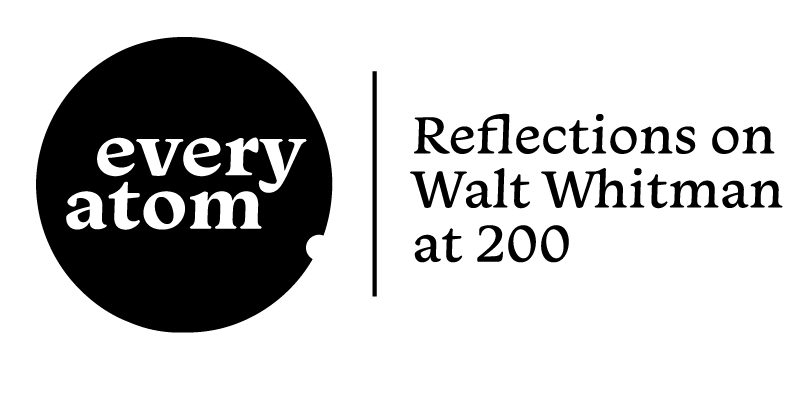Every Atom | No. 163
Introduction to Every Atom by project curator Brian Clements
Walt Whitman frequently expresses wonder at the human body and comfortably asserts the intimate connection between the workings of the body, the mind, and the soul. While others may decry the notion that literal descriptions of biology can be beautiful and moving and poetic, Whitman makes it clear that they can. I have always been moved by the beautiful workings of the human body and, in particular, the brain.
In a later section, Whitman begins with the pulses of the brain just waiting to perform an action or sensation.
Your person and every particle that relates to your person,
The pulses of your brain waiting their chance and encouragement at every deed or sight;
He goes on to describe all that the brain can do—thought, morality, perception, and emotion.
Anything you do in public by day, and anything you do in secret betweendays,
What is called right and what is called wrong . . . . what you behold or touch . . . . what causes your anger or wonder,
The anklechain of the slave, the bed of the bedhouse, the cards of the gambler, the plates of the forger;
The next lines are a lovely way of parsing the different aspects of human memory—what is intuitive or implicit; what is learned through habit; what must be explicitly and effortfully learned in school; and finally, what is routine.
What is seen or learned in the street, or intuitively learned,
What is learned in the public school—spelling, reading, writing and ciphering . . . . the blackboard and the teacher's diagrams:
The panes of the windows and all that appears through them . . . . the going forth in the morning and the aimless spending of the day;
(What is it that you made money? what is it that you got what you wanted?)
The usual routine . . . . the workshop, factory, yard, office, store, or desk;
The jaunt of hunting or fishing, or the life of hunting or fishing,
Is this routine working towards a goal? If so, is that goal aimed at material gain or emotional fulfilment?
Each of these different types of memory can be separated. They can be separated by the underlying networks that mediate them. They can be separated by the kinds of disorders that might interfere with their successful performance. By separating them here in this passage, Whitman invites us to marvel at the many ways we might use our memories in the course of a single day.
Recommended
Nor’easter
Post-Op Appointment With My Father
Cedar Valley Youth Poet Laureate | Fall 2024 Workshop







